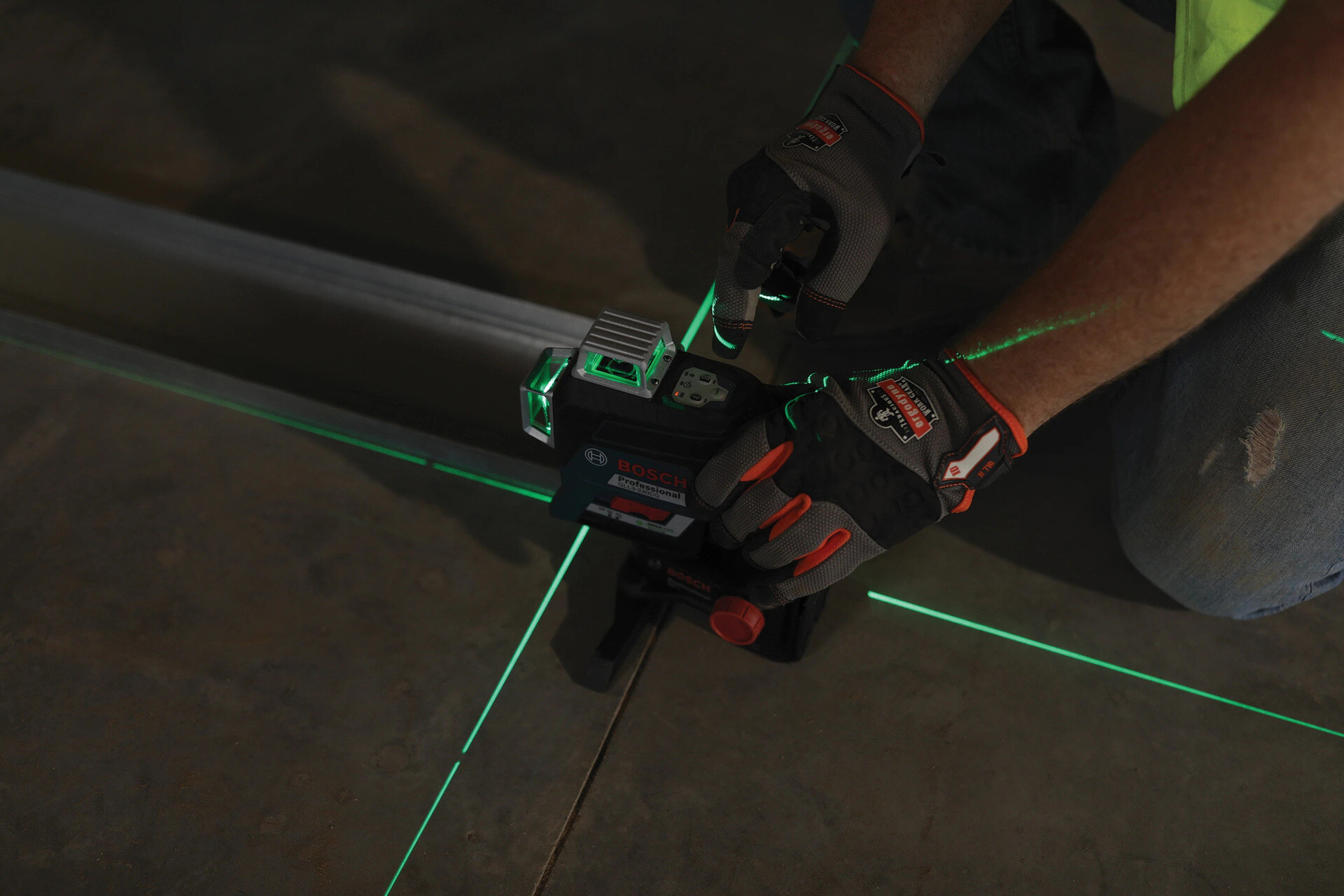

Articles
How Does Laser Level Work
Modified: March 2, 2024
Learn how laser level works and its importance in accurate measuring. Find informative articles on laser levels and their applications.
(Many of the links in this article redirect to a specific reviewed product. Your purchase of these products through affiliate links helps to generate commission for Storables.com, at no extra cost. Learn more)
Introduction
A laser level is a versatile tool that has revolutionized the way we approach various construction and DIY projects. It provides accurate and precise measurements, making it an invaluable asset for professionals, as well as homeowners looking to tackle home improvement tasks. Whether you’re installing shelves, aligning frames, or working on complex construction projects, a laser level can significantly simplify the process and ensure precision.
But how does a laser level work? In this article, we will delve into the inner workings of a laser level, explore its components, discuss different types available, highlight its applications, and examine the advantages and limitations of this ingenious tool. So, let’s dive in and uncover the intricate details of this remarkable gadget.
Key Takeaways:
- Laser levels revolutionize construction and DIY projects with precise measurements, self-leveling capabilities, and versatile applications, making them indispensable for professionals and homeowners alike.
- While offering precision and efficiency, laser levels have limitations such as visibility in bright conditions and range restrictions, requiring users to plan ahead and take proper precautions for optimal performance.
Read more: How Does An Electronic Laser Level Work?
What is a Laser Level?
A laser level is a device used for accurately determining horizontal or vertical lines or planes. It emits a highly focused laser beam that creates a visible reference line on a surface, providing a precise point of reference for alignment or measurement. Laser levels have replaced traditional bubble levels and string lines, offering greater accuracy and convenience.
These tools are commonly used in construction, surveying, landscaping, and interior design. They are essential for projects that require straight lines, such as installing tiles, aligning cabinets, hanging pictures, or even constructing buildings. Laser levels have become increasingly popular due to their ease of use, reliability, and ability to streamline complex tasks.
Modern laser levels are available in different variations, ranging from basic handheld devices to more advanced self-leveling models. They come equipped with various features and options to cater to different needs and applications. Laser levels can be used both indoors and outdoors, depending on their specifications and the visibility of the laser beam.
As technology advances, laser levels continue to evolve, becoming more compact, user-friendly, and accurate. They have become an indispensable tool for professionals in various industries and a handy gadget for DIY enthusiasts.
In the next section, we will explore how a laser level works, shedding light on the fascinating technology behind this innovative tool.
How Does a Laser Level Work?
A laser level operates on the principle of emitting a highly concentrated, narrow beam of light that creates a visible line or dot on a surface. The key component that allows a laser level to function is the laser diode, which generates the laser beam.
When the laser level is turned on, the laser diode emits a beam of light that passes through a collimator lens. This lens helps to align the light into a parallel beam with minimal divergence. The collimated laser beam then passes through a spinning mirror, known as a rotary prism or a spinning head. This spinning mirror rotates at a constant speed, typically 600-1200 rotations per minute, which creates a continuous scanning motion.
As the laser beam passes through the spinning mirror, it is reflected and redirected. This scanning action creates a sweeping motion, allowing the laser beam to cover a wider area. At the same time, the spinning mirror ensures that the laser beam remains level and produces a straight, unbroken line.
The laser beam is emitted from the laser level’s housing through an opening or lens, creating a visible line or dot on the target surface. The visibility of the laser beam depends on factors such as the power of the laser diode, the quality of the collimator lens, and the ambient lighting conditions.
Advanced laser levels feature self-leveling mechanisms that automatically adjust the position of the laser beam to ensure it remains level. This is achieved with the help of an internal pendulum or electronic sensor system that detects any slight incline or tilt. If the instrument is not perfectly level, the self-leveling mechanism will activate and make small adjustments to the positioning of the mirror or prism, aligning the laser beam and keeping it level.
In addition to creating horizontal lines, some laser levels can also project vertical lines or even 360-degree lines or planes. These models typically incorporate additional internal components, such as prisms or additional mirrors, to redirect the laser beam in different directions.
Overall, the combination of a laser diode, collimator lens, spinning mirror, and self-leveling mechanism allows a laser level to function and provide accurate and precise reference lines or dots. It is this intricate combination of technology that makes laser levels an essential tool in the world of construction, surveying, and other related industries.
Components of a Laser Level
A laser level is composed of several key components that work together to create and project the laser beam. Understanding these components is essential for gaining insight into how the device functions and how it can be utilized effectively. Let’s explore the main components of a laser level:
- Laser Diode: The laser diode is the heart of a laser level. It is responsible for generating the highly focused laser beam that is emitted from the device. The diode produces a specific wavelength of light, typically red or green, depending on the model.
- Collimator lens: The collimator lens plays a crucial role in aligning and straightening the laser beam. It helps to transform the diverging beam emitted by the laser diode into a parallel beam with minimal divergence, ensuring a tight and accurate projection on the target surface.
- Spinning Mirror: The spinning mirror, also known as a rotary prism or spinning head, is a critical component in a laser level. It rotates at a constant speed, typically ranging from 600 to 1200 rotations per minute. The spinning mirror reflects and redirects the laser beam in a sweeping motion, creating a continuous scanning action and ensuring a straight, unbroken line.
- Housing: The housing of a laser level encloses and protects the internal components. It is typically made of durable materials such as plastic or metal and is designed to withstand the rigors of construction sites and other demanding environments.
- Leveling Mechanism: Many laser levels feature a self-leveling mechanism that ensures the laser beam remains level. This mechanism can be based on either a pendulum or an electronic sensor system. When the instrument is not level, the mechanism automatically adjusts the position of the mirror or prism, maintaining a level projection.
- Oscillating Base (optional): Some laser levels are equipped with an oscillating base that allows the device to create horizontal, vertical, or angled lines. The base can be manually adjusted to project the laser beam in the desired direction.
- Power Source: Laser levels can be battery-powered or rechargeable. The power source provides the necessary energy to operate the laser diode, the leveling mechanism, and any additional features or functions.
- User Interface: The user interface of a laser level can vary depending on the model. It typically consists of buttons, switches, or a touch screen, allowing the user to control the device’s settings, such as laser beam intensity, line type, or scanning speed.
Understanding the components of a laser level provides a comprehensive overview of how the device operates and how its features can be utilized effectively. By familiarizing yourself with these components, you can make informed decisions when selecting the right laser level for your specific needs and maximize its functionality in various applications.
Types of Laser Levels
Laser levels come in various types, each designed to cater to specific applications and requirements. Understanding the different types available can help you choose the right laser level for your specific needs. Let’s explore some of the common types of laser levels:
- Line Laser Levels: Line laser levels are the most common type of laser levels. They project a straight line, either horizontal, vertical, or both, onto a surface. Line laser levels are ideal for tasks such as installing tiles, aligning cabinets, and hanging pictures. They offer a high level of precision and accuracy.
- Point Laser Levels: Point laser levels emit a single dot onto a surface, providing a reference point for alignment or measurement. They are useful for tasks such as plumbing, leveling, and general alignment. Point laser levels are compact and lightweight, making them highly portable.
- Rotary Laser Levels: Rotary laser levels project a 360-degree line or plane, offering a complete reference around a room or an outdoor area. They are commonly used in large construction projects, such as laying foundations or grading land. Rotary laser levels often feature advanced self-leveling mechanisms.
- Cross-Line Laser Levels: Cross-line laser levels emit two intersecting lines, creating a cross pattern on the target surface. They provide both horizontal and vertical lines, making them ideal for tasks that require precise alignment in multiple directions, such as installing drop ceilings or electrical fixtures.
- Combination Laser Levels: Combination laser levels combine the functionalities of line laser levels, point laser levels, and sometimes cross-line laser levels into a single device. They offer versatility and convenience, allowing users to switch between different projection modes for various tasks.
- Green Beam Laser Levels: Green beam laser levels, as the name suggests, emit a green laser beam. Green beams are more visible to the human eye than red beams, especially in bright or outdoor environments. Green beam laser levels are preferred by professionals working on construction sites or in well-lit areas.
These are just a few examples of the types of laser levels available in the market. It’s important to consider your specific needs and the nature of your projects when selecting a laser level. Evaluating features such as accuracy, range, self-leveling capabilities, and visibility can help you make an informed decision.
Now that we have explored the different types of laser levels, let’s look at some of the common applications where laser levels prove to be invaluable.
When using a laser level, ensure that it is placed on a stable surface and that the laser beam is not obstructed. This will help to ensure accurate and precise leveling for your project.
Read more: How Does Laser Level Work Dirt
Applications of Laser Levels
Laser levels have become indispensable tools in various industries and are widely used for a wide range of applications. Their accuracy, precision, and ease of use make them invaluable for both professionals and homeowners. Let’s explore some of the common applications where laser levels are used:
- Construction: Laser levels are extensively used in the construction industry for tasks such as site layout, foundation leveling, framing, and wall alignment. They ensure precise measurements and help maintain straight and level lines throughout the construction process.
- Surveying and Landscaping: Laser levels play a vital role in surveying and landscaping projects. They are used to establish precise land elevations, grade slopes, and create level surfaces for roads, walkways, and drainage systems. Laser levels provide accurate reference lines and points to guide the construction and design process.
- Interior Design and Home Improvement: Laser levels are commonly used in interior design and home improvement projects. They help with tasks like hanging pictures, installing shelves, aligning tiles, and ensuring level countertops. Laser levels streamline these tasks and ensure professional-looking results.
- Electrical and Plumbing: Professionals in the electrical and plumbing industries rely on laser levels to ensure accurate positioning and alignment of fixtures, pipes, and electrical conduits. Laser levels help with precise layout and installation, reducing errors and enhancing efficiency.
- Tile Installation: Laser levels are essential for tile installation, ensuring that tiles are laid in straight lines and remain level. They save time and effort by providing a clear reference and reducing the need for manual measurement and alignment.
- Roofing: Laser levels are used in roofing projects to establish pitch, slope, and drainage angles. They ensure precise alignment of roof elements and help with the efficient installation of roofing materials.
- Alignment and Leveling: Laser levels are useful for general alignment and leveling tasks. They assist with tasks such as checking and adjusting door and window installations, aligning cabinets and countertops, and leveling appliances.
These are just a few examples of the many applications where laser levels are utilized. Regardless of the industry or project type, laser levels play a crucial role in ensuring accuracy, efficiency, and professional results.
Now that we have explored the applications of laser levels, let’s turn our attention to the advantages and benefits they offer.
Advantages of Laser Levels
Laser levels offer a multitude of advantages that make them sought-after tools in various industries and applications. Let’s explore some of the key advantages that laser levels provide:
- Precision and Accuracy: Laser levels provide precise and accurate measurements, ensuring that lines, angles, and alignments are perfectly straight and level. This eliminates human error and results in professional-quality work.
- Efficiency and Time-saving: Laser levels streamline tasks by providing a clear reference point, eliminating the need for multiple measurements and manual alignment. This saves time, reduces errors, and increases productivity.
- Easy to Use: Laser levels are user-friendly, even for beginners. They typically feature intuitive controls and clear indicators, allowing anyone to quickly learn how to operate them effectively.
- Versatility: Laser levels come in various types, with different projection options and features. This versatility allows them to be used in a wide range of applications, from basic home improvement tasks to complex construction projects.
- Self-Leveling Capability: Many laser levels feature self-leveling mechanisms, ensuring that the laser beam remains level even on uneven surfaces. This simplifies the setup process and reduces the need for manual adjustments.
- Visible Reference: Laser beams are highly visible, even in well-lit environments. This allows users to easily see the reference lines, facilitating precise alignment and reducing the chance of errors.
- Increased Safety: Laser levels eliminate the need for potentially hazardous tools, such as string lines or bulky levels. This reduces the risk of accidents and injuries, making them a safer option for professionals and DIY enthusiasts.
- Cost-effective: While laser levels may initially seem like a significant investment, they offer long-term cost savings by increasing efficiency, reducing rework, and improving overall project quality.
- Improved Quality of Work: The accuracy and precision provided by laser levels contribute to the overall quality of work. Straight, level lines and precise alignments result in a more professional and aesthetically pleasing finished product.
These advantages showcase why laser levels have become essential tools in various industries. Their ability to provide precise measurements, streamline tasks, and improve overall project outcomes make them valuable assets for professionals and DIY enthusiasts alike.
Now, let’s explore some of the limitations or considerations to keep in mind when using laser levels.
Limitations of Laser Levels
While laser levels offer numerous advantages, they also have certain limitations that should be considered when using them. Understanding these limitations is important to ensure that you use the tool appropriately and obtain accurate results. Let’s explore some of the common limitations of laser levels:
- Visibility in Bright Conditions: Laser beams can be less visible in bright or outdoor environments, especially in direct sunlight. This can make it challenging to see the laser line or dot clearly, affecting the accuracy of measurements.
- Range Limitations: The range of laser levels can vary depending on the model. Some models have a limited range, which may restrict their use in larger projects or outdoor applications. It’s important to consider the intended use and select a laser level with an appropriate range.
- Interference with Obstacles: Obstacles such as walls, furniture, or other objects can interrupt the laser beam and create shadows or distortions in the projected line. This can affect the accuracy of the measurement and require additional adjustments or setups.
- Need for a Flat Surface: Laser levels need a flat and stable surface to ensure accurate measurements. If the surface is uneven or unstable, it can affect the self-leveling mechanism and result in inaccurate readings. Additional leveling or adjustments may be required in such cases.
- Battery Life: Battery-powered laser levels may have limited battery life, especially if used continuously or for extended periods. It’s important to consider the battery life and have backup batteries or a charging option available to avoid interruptions during use.
- Limitations in Outdoor Use: Laser levels are generally more effective for indoor applications. Outdoor use may require more powerful laser levels or additional accessories, such as laser detectors, to enhance visibility and accuracy in varying light conditions.
- Calibration and Maintenance: Laser levels may require periodic calibration and maintenance to ensure accurate readings. Dust or debris on the lens, misalignment of internal components, or changes in temperature can affect the performance of the device. Regular calibration and maintenance help maintain accuracy and reliability.
Understanding these limitations allows users to plan accordingly and employ strategies to minimize their impact. Taking measures such as selecting the appropriate laser level for the task, considering environmental conditions, and ensuring proper calibration and maintenance can help overcome these limitations and optimize the performance of laser levels.
Now that we have discussed the limitations of laser levels, let’s move on to some useful tips for using them effectively.
Tips for Using a Laser Level
Using a laser level effectively requires proper technique and attention to detail. Here are some helpful tips to make the most of your laser level:
- Plan Ahead: Before using your laser level, carefully plan your project and identify the specific measurements or alignments required. This will help you determine the best position and setup for the laser level.
- Ensure a Stable Base: Place your laser level on a stable and flat surface to ensure accurate readings. If the surface is uneven or unstable, use a leveling tripod or adjust the base of the laser level to achieve stability.
- Use Laser Detectors: When working outdoors or in bright conditions, consider using a laser detector. These devices can detect the laser beam and provide additional visibility, enhancing accuracy and range.
- Mark Reference Points: Before turning on the laser level, mark reference points on the target surface using a pencil or tape. These marks will help you align the laser level accurately and ensure precise measurements.
- Double-check Measurements: Always double-check your measurements using traditional methods, such as a tape measure or a bubble level. This will ensure that your laser level is providing accurate readings and help you identify any potential errors or inconsistencies.
- Keep the Lens Clean: Regularly clean the lens of your laser level to remove any dust or debris that may hinder visibility or accuracy. Use a soft, lint-free cloth or lens cleaning solution for optimum results.
- Store Properly: When not in use, store your laser level in a protective case or pouch to prevent damage and maintain its accuracy. Avoid exposing it to extreme temperatures or moisture.
- Follow Safety Precautions: Always wear appropriate eye protection when working with a laser level to protect your eyes from the laser beam. Additionally, follow any safety guidelines provided by the manufacturer.
- Practice and Familiarize: Take the time to practice using your laser level before starting a project. Familiarize yourself with the controls, settings, and features to ensure smooth operation and accurate results.
- Read the Manual: Refer to the user manual that came with your laser level to understand its specific features, limitations, and maintenance requirements. Following the manufacturer’s instructions will help optimize the performance and longevity of your device.
By following these tips, you can ensure accurate measurements, precise alignments, and a smooth experience when using your laser level. Remember to always prioritize safety and take the necessary precautions when handling laser equipment.
Now, let’s summarize the key points and conclude our exploration of laser levels.
Read more: How To Work A Water Level Or Laser Level
Conclusion
Laser levels are incredible tools that have revolutionized the way we approach construction, surveying, and home improvement projects. With their precision, accuracy, and ease of use, laser levels have become indispensable assets in various industries.
In this article, we have explored what laser levels are, how they work, and their key components. We have also discussed the different types of laser levels available, their wide range of applications, and the advantages they offer.
Laser levels provide precise measurements, streamline tasks, save time, and contribute to the overall quality of work. With their self-leveling capabilities, visible reference lines, and user-friendly design, laser levels offer convenience and efficiency to both professionals and DIY enthusiasts.
However, laser levels also have limitations that should be considered, such as visibility in bright conditions, range limitations, and the need for a stable surface. By understanding these limitations and taking proper precautions, users can overcome these challenges and optimize the performance of their laser levels.
By following tips such as planning ahead, ensuring a stable base, and double-checking measurements, users can maximize the accuracy and effectiveness of their laser levels. Proper maintenance, storing, and adherence to safety guidelines are essential for the longevity and safe use of these devices.
In conclusion, laser levels have revolutionized the way we approach alignment, leveling, and measurement tasks. Their precision, versatility, and ease of use make them essential tools for a wide range of applications in construction, surveying, home improvement, and other industries. By harnessing the power of laser leveling technology, professionals and DIY enthusiasts can achieve exceptional results and streamline their projects with ease.
Frequently Asked Questions about How Does Laser Level Work
Was this page helpful?
At Storables.com, we guarantee accurate and reliable information. Our content, validated by Expert Board Contributors, is crafted following stringent Editorial Policies. We're committed to providing you with well-researched, expert-backed insights for all your informational needs.


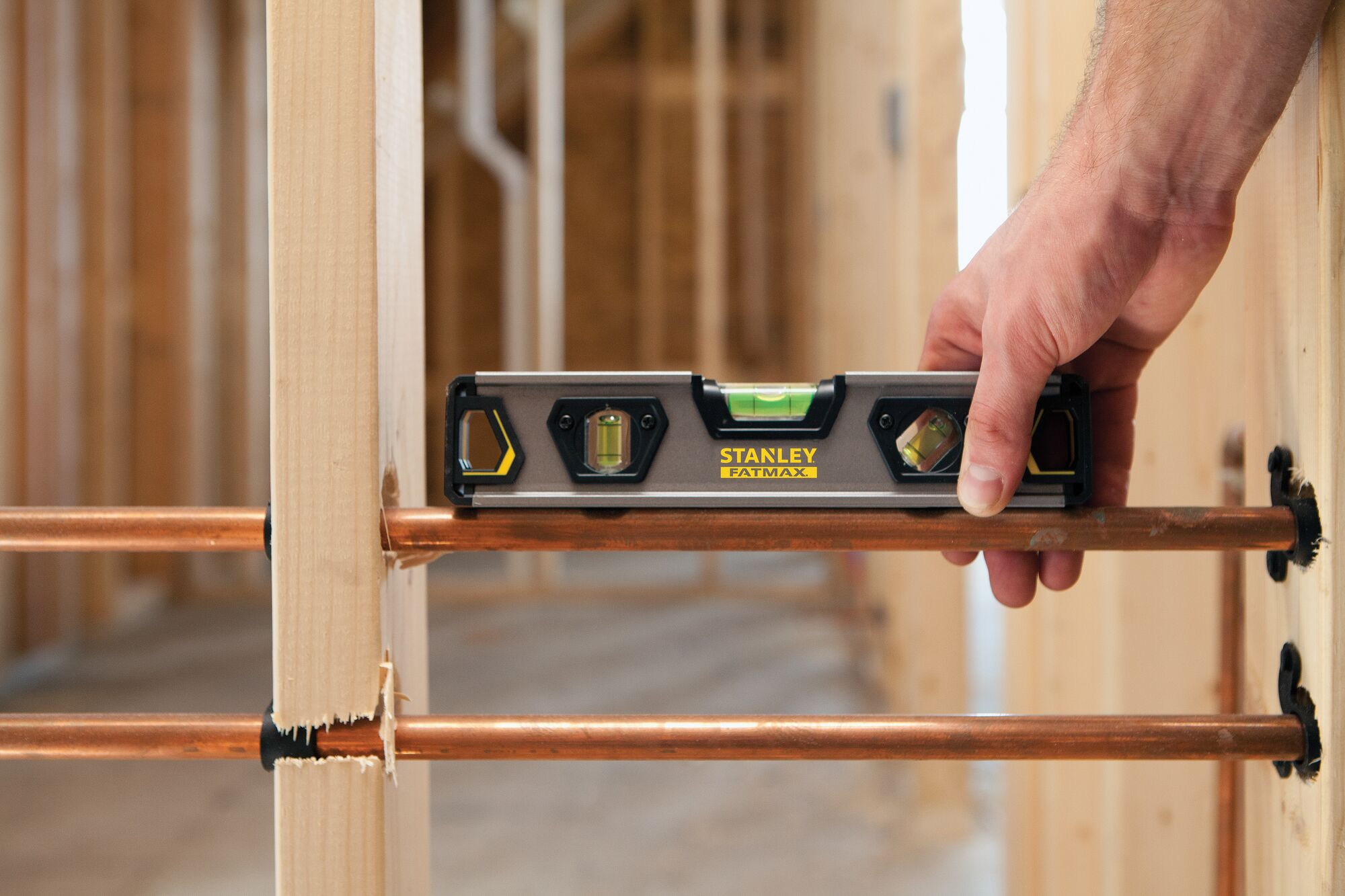
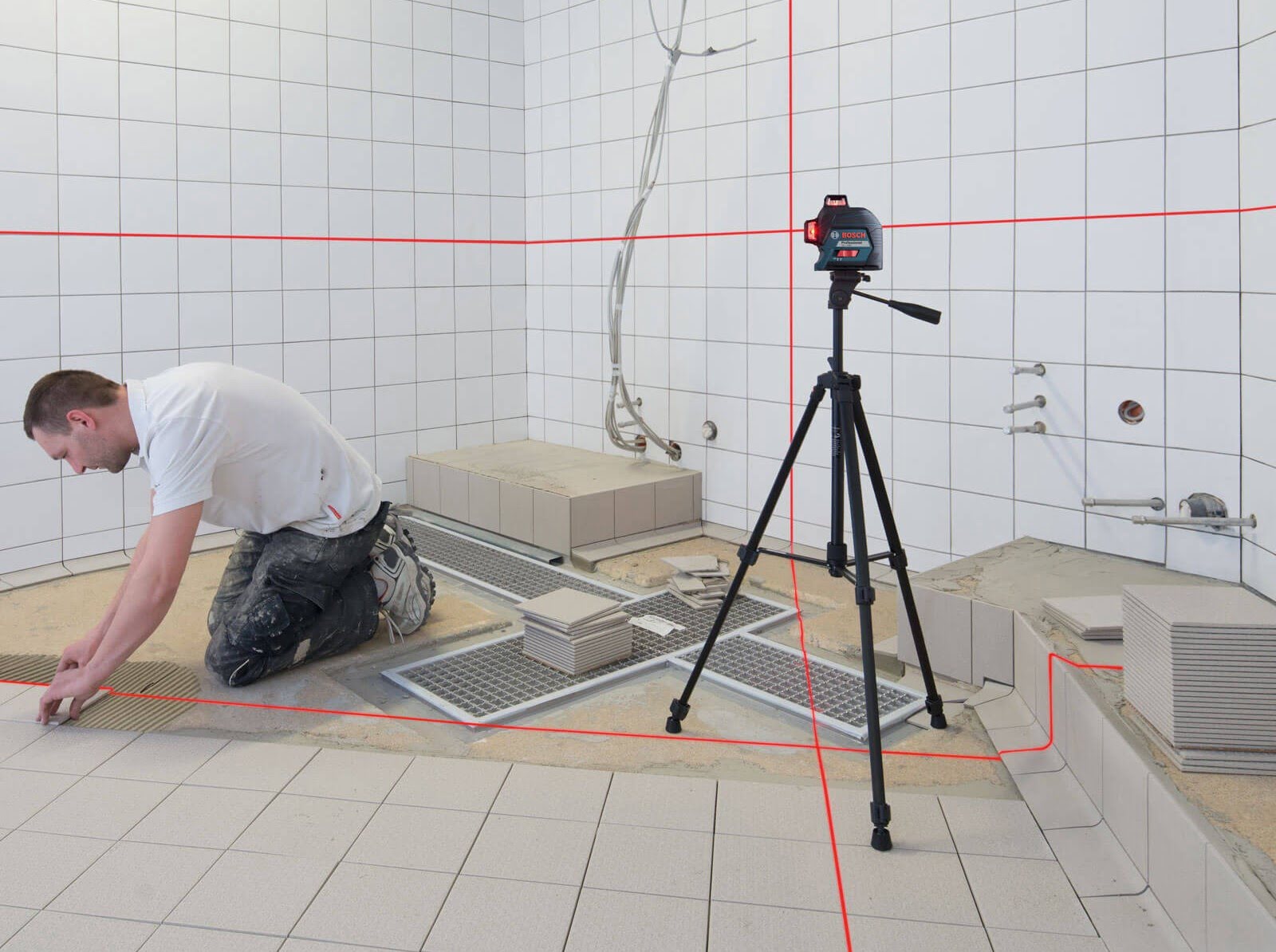
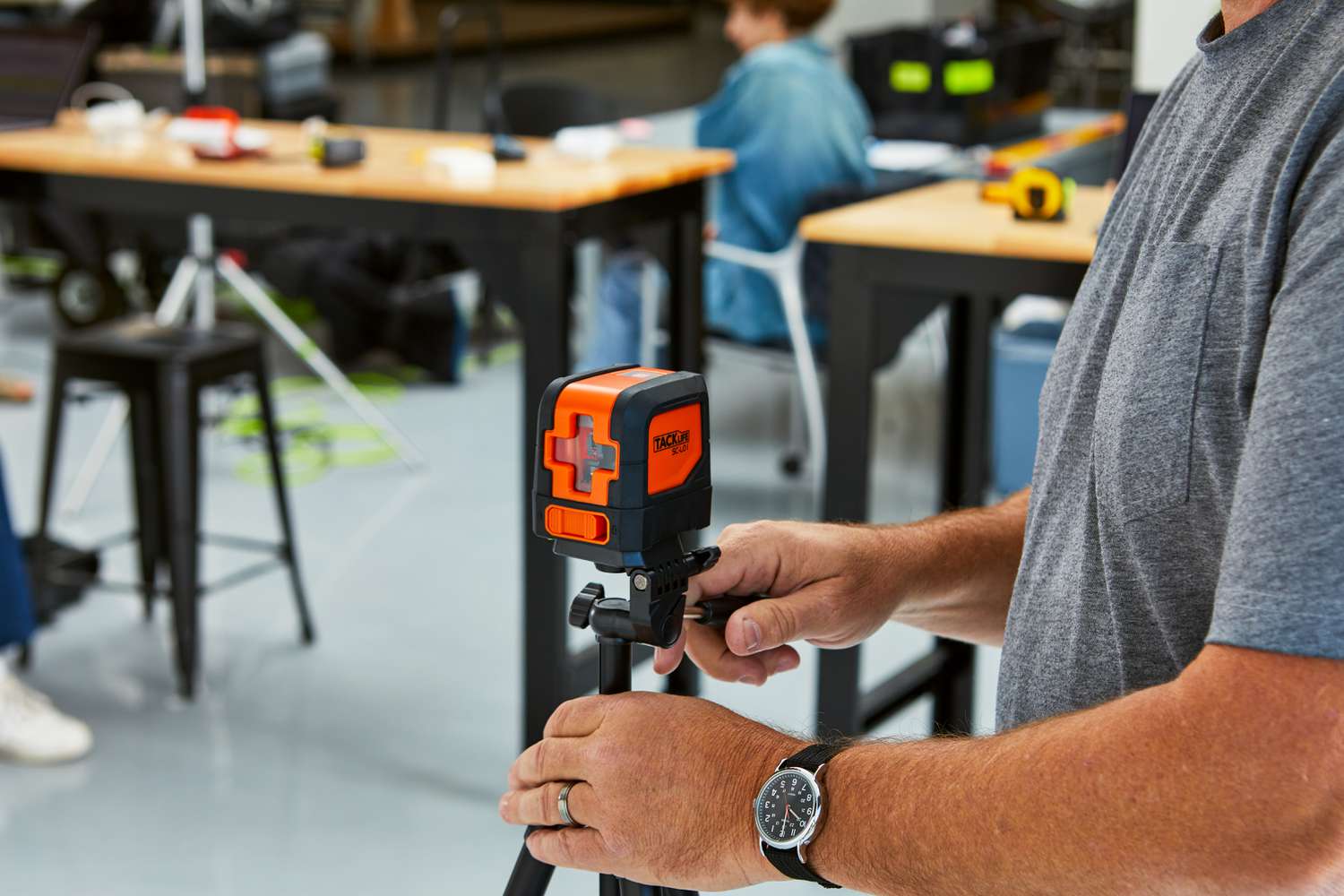

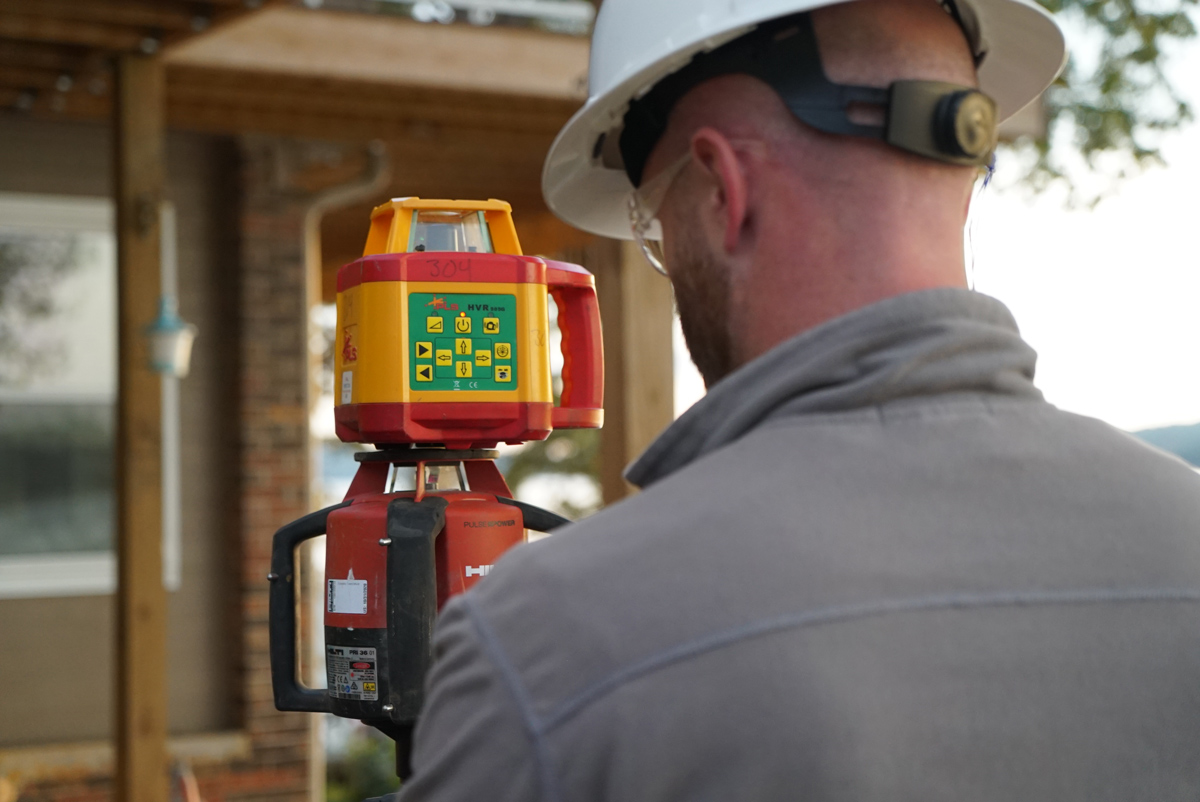
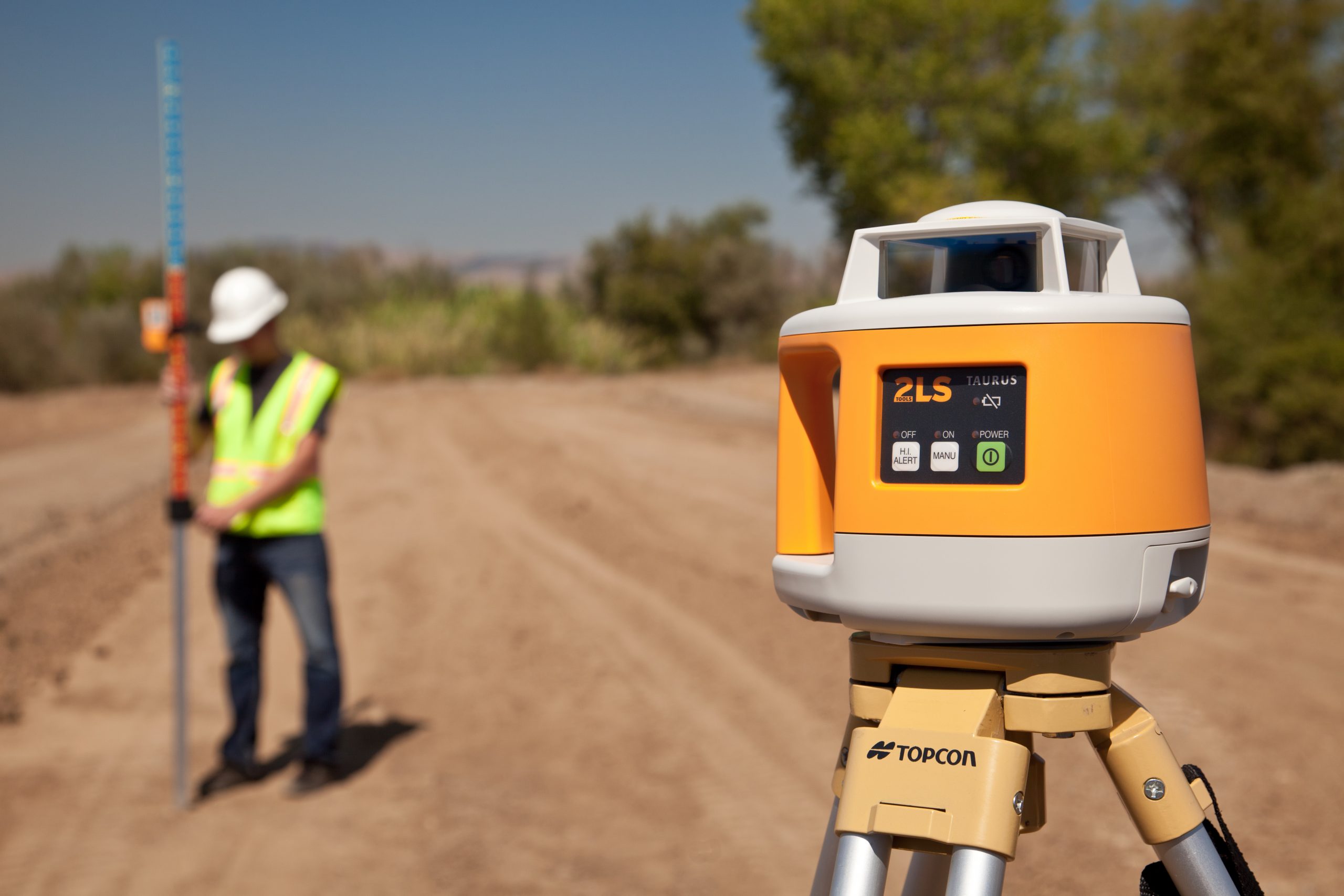
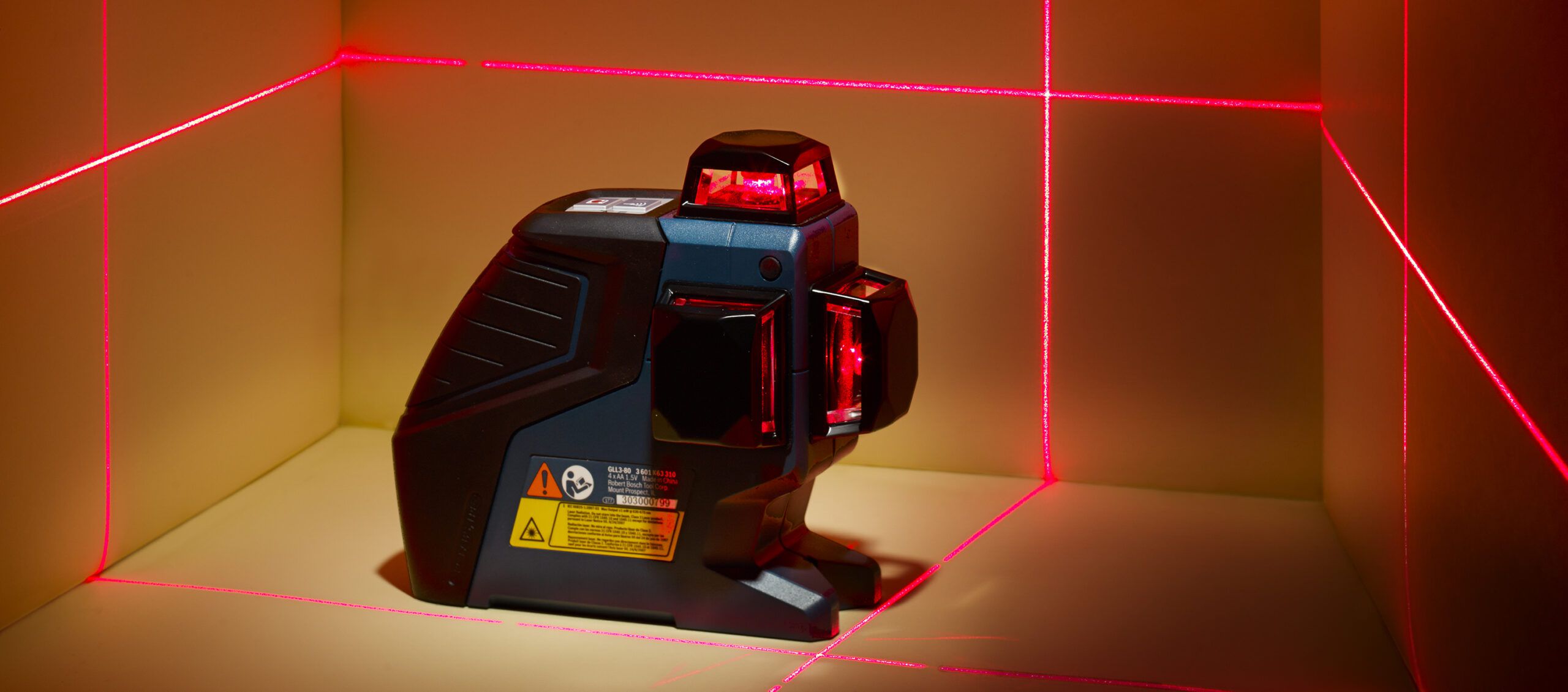
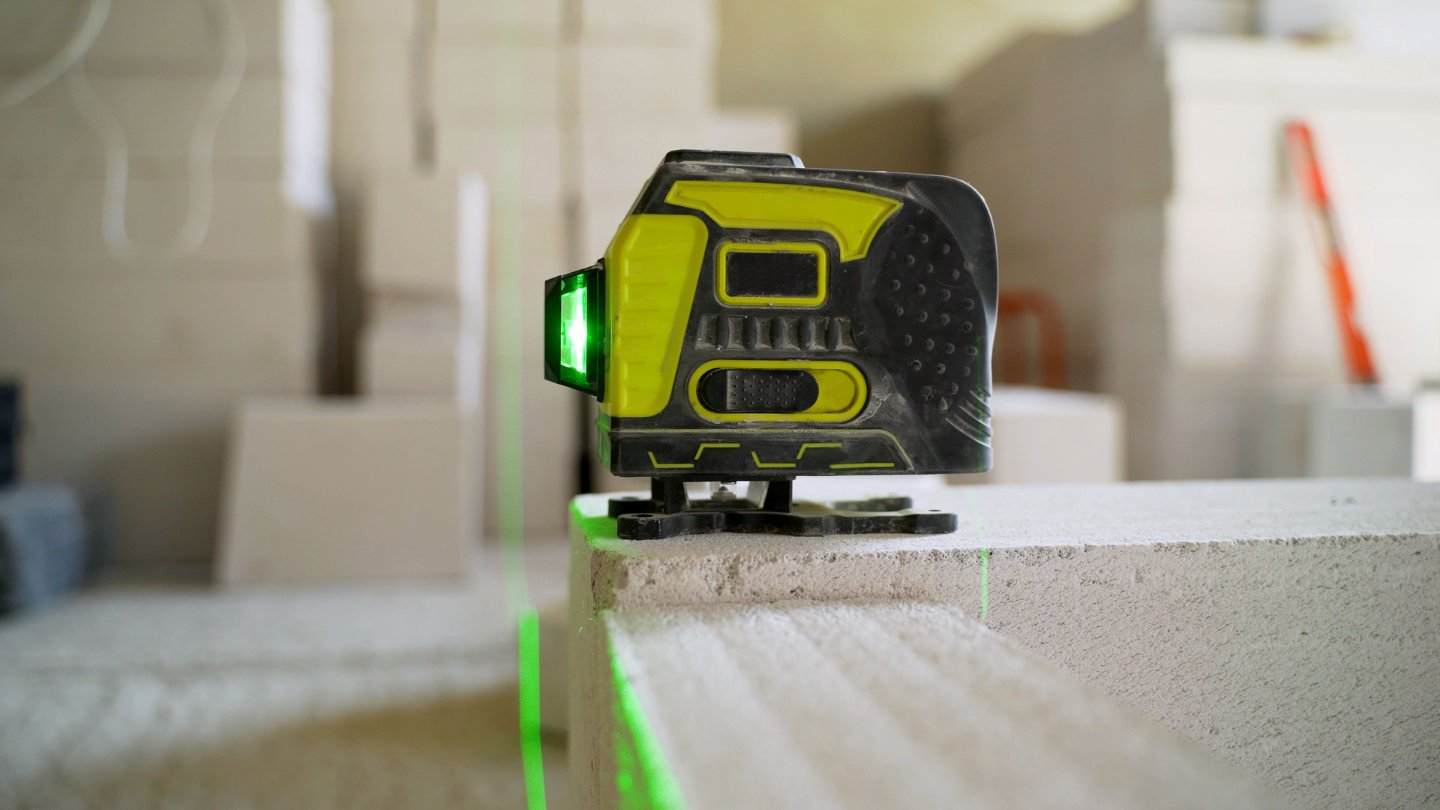

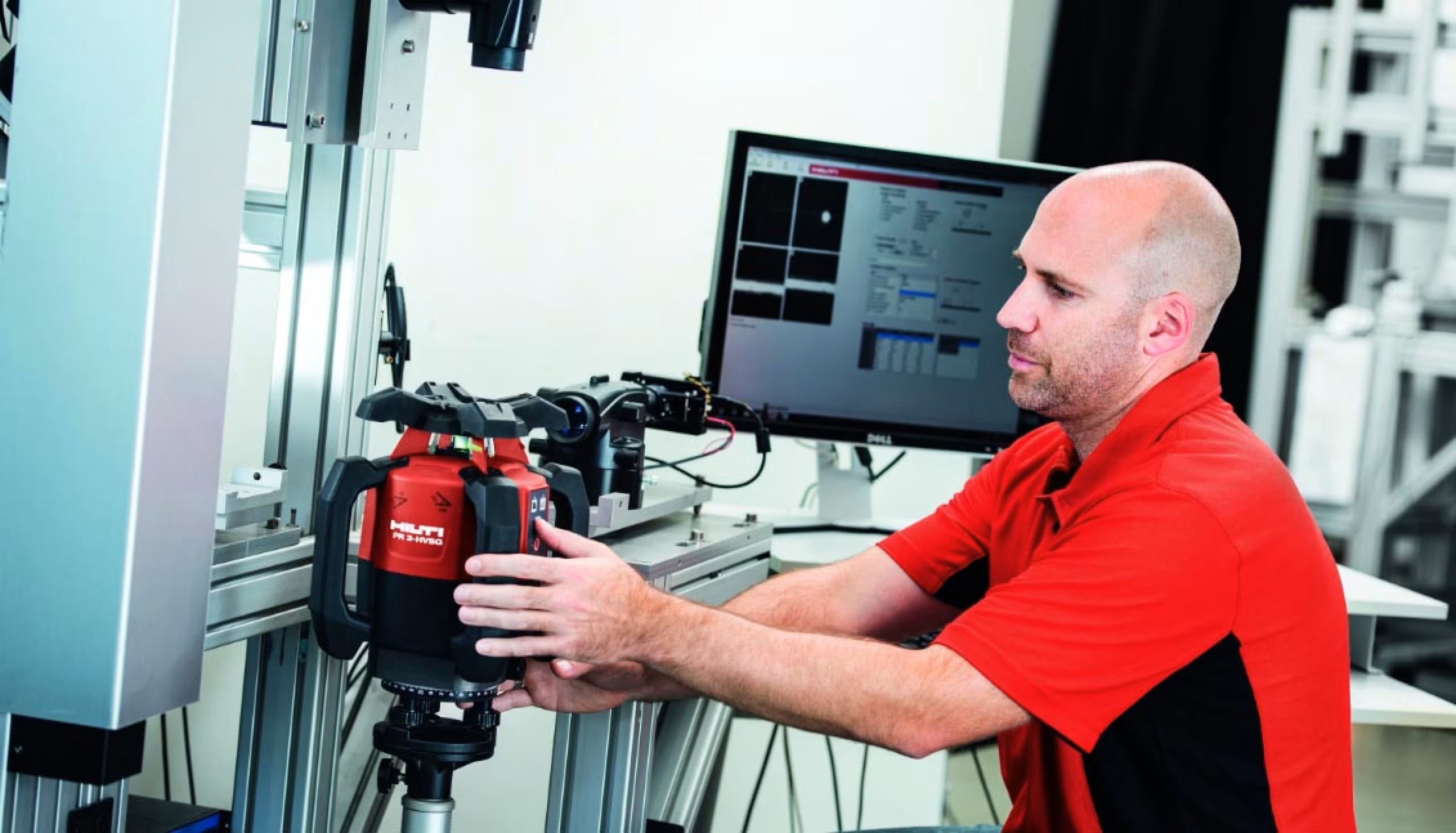


0 thoughts on “How Does Laser Level Work”